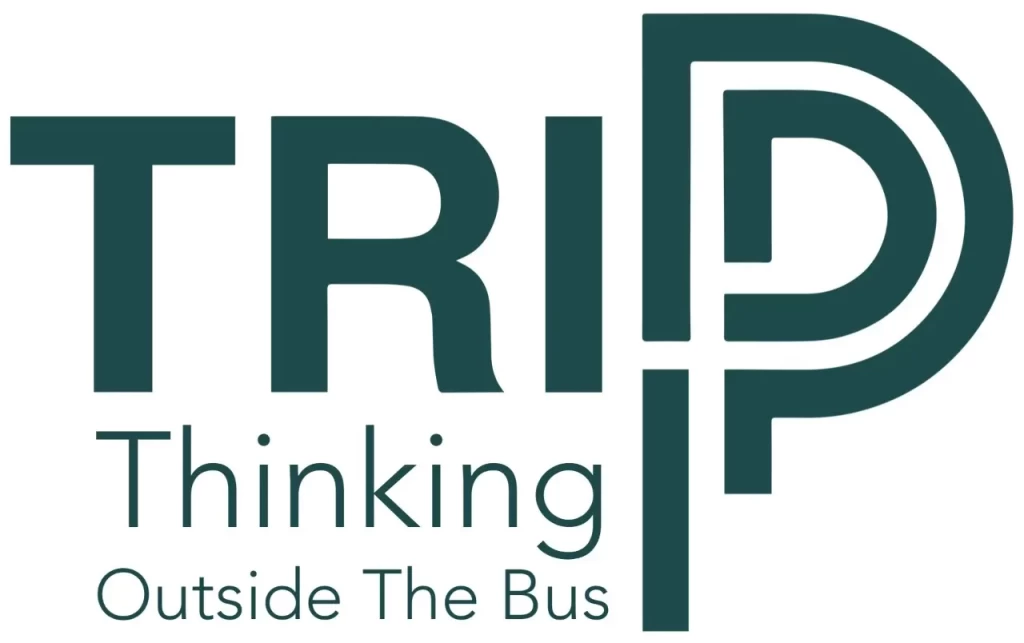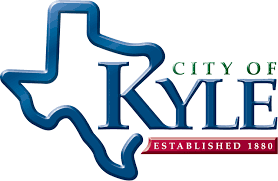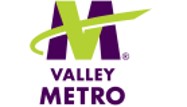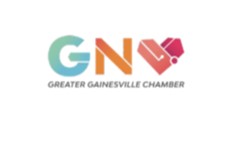What is TRIPPP?
TRIPPP is a partnership between your organization, rideshare companies (Uber, Lyft) and Wheelchair Accessible Vehicle (WAV) companies to provide an innovative turnkey solution to transportation. In its simplicity, TRIPPP is the concept of utilizing Silicon Valley ridesharing technology paired with fully integrated paratransit companies for public, business, healthcare, and education transportation. A ridesharing partnership is dollar-for-dollar the most affordable and rider-friendly alternative to traditional transit methods such as buses, mobility-on-demand, ambulances, taxis, trollies, shuttles, etc.
How Does TRIPPP Work?
Entities develop a ridesharing partnership to subsidize rides and control eligible usage based on customizable needs, such as geographical service area, rides per person, subsidy per ride, hours of operation, etc. You never overpay for any rides taken, and only pay for rides that meet your specifications. Ridership engagement and data analytics are available 24/7/365. Riders schedule a rideshare or WAV trip normally from a smartphone, computer, or regular phone and enjoy curb-to-curb transportation using a service most all riders are familiar with, like Uber.
For Example:
Program Location: Geofenced City Limits + Airport
Program Availability: 24/7/365
Initial Cost to Customer per Ride: $4
Voucher Maximum Subsidy per Ride: $10
Actual Ride Cost: $12.58
Ride Location: Home to Hospital
Ride Time: 2:05AM
Transit Providers: Rideshare or WAV
Why TRIPPP?
Traditional transit systems cost a fortune, and often are only feasible with federal subsidies. TRIPPP saves organizations the expense of vehicles, drivers, insurance, maintenance, storage, dispatch, stations, etc.
Additionally, typical transit is largely inconvenient. Riders must find a way to a station and wait for scheduled stops within set hours.
TRIPPP rides are curb-to-curb and on-demand, 24/7/365, typically using apps the rider already has on their phone.
Implement Your Own TRIPPP Program and Experience the Following Benefits
TRIPPP Works with Existing Public Transit Programs
Many entities have utilized private ridesharing companies to supplement existing transit programs. Typically, these programs offer first/last mile service as well as after-hours service.
With TRIPPP, you will be able to provide 24/7/365 transportation for your users.
Public Transportation Agencies Already Utilizing Uber to Supplement Transit























